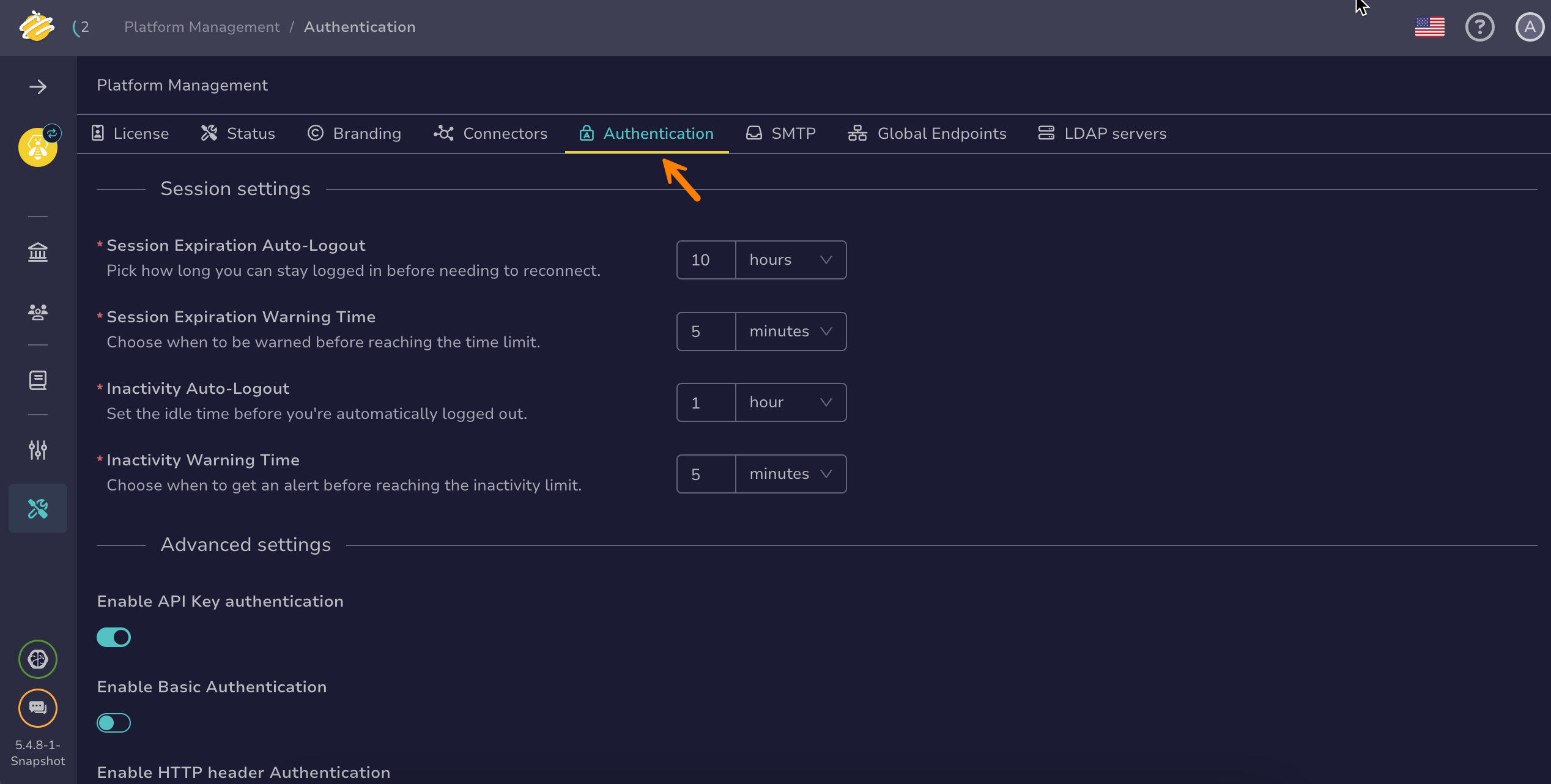Configure an OpenID Authentication Provider#
5.5 Platinum
Configure an OpenID authentication provider in TheHive.
Procedure
Prerequisites
- Users must have an existing account in TheHive local database to authenticate successfully.
- These steps assume that you have already followed the instructions to configure the authentication settings.
Login flow with multiple OpenID providers
You can configure multiple OpenID providers in TheHive. When a user attempts to log in, TheHive queries each provider sequentially, following the defined order. The process stops as soon as a provider grants authorization.
-
Go to the Platform management view from the sidebar menu.
-
Select the Authentication tab.
-
Select SSO authentication in the Authentication providers section.
-
In the SSO authentication drawer, turn on the Enable SSO toggle.
-
Select Add a provider or select .
-
Select OpenID from the dropdown list.
-
Enter the following information:
- Name *
A recognizable name for the IdP in TheHive.
Example: Microsoft Entra ID
- Client ID *
The unique identifier for the OpenID application registered with the IdP.
- Secret *
The secret key associated with the Client ID.
- Identity provider metadata type *
Select how TheHive retrieves configuration information for the IdP—either from an JSON file or a URL.
-
If you choose url, provide the full link to the metadata document.
Example: https://login.microsoftonline.com/{tenant-id}/.well-known/openid-configuration
-
If you choose json, paste the JSON content directly into the field.
Example:
{ "issuer": "https://login.microsoftonline.com/<tenant-id>/v2.0", "authorization_endpoint": "https://login.microsoftonline.com/<tenant-id>/oauth2/v2.0/authorize", "token_endpoint": "https://login.microsoftonline.com/<tenant-id>/oauth2/v2.0/token", "userinfo_endpoint": "https://graph.microsoft.com/oidc/userinfo" }
- User login attribute
The name of the attribute from the IdP that contains the user's login information (such as email or username).
-

